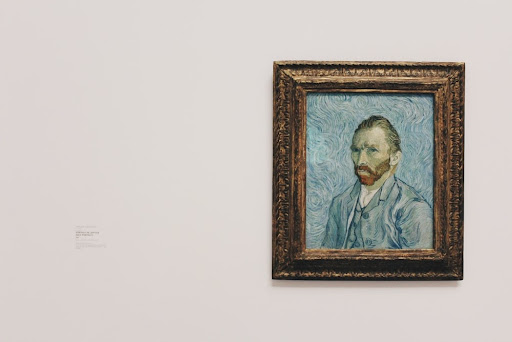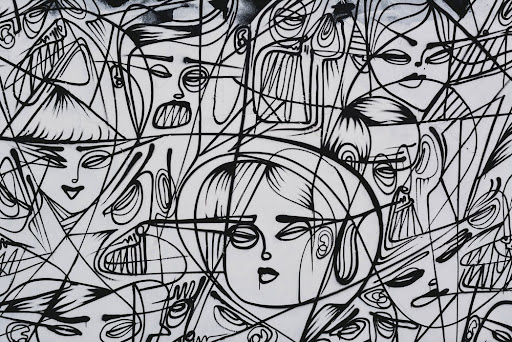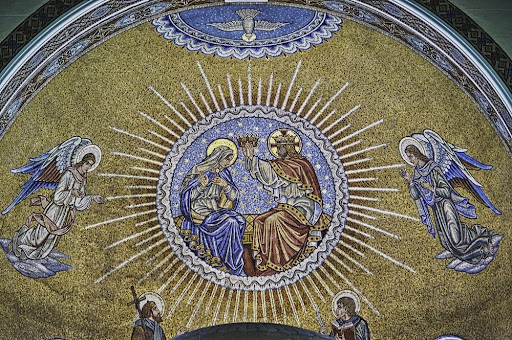
What Is Art to an Artist?
When people visit a museum or gallery, they typically only spend about 17 seconds looking at each work. While it’s easy and quick to simply identify an image or object and move on, understanding it is far more difficult — and more rewarding. To truly appreciate art, you need to slow down to examine all the details and try to see into the artist’s mind. A thoughtful examination of a particular artwork helps you find subtle nuances that don’t appear at first glance.
How you understand art is in some sense unique, but figuring out what art is to the artist is something anyone can achieve. At FrameStore, we can help you learn how to understand art through the eyes of the artist as you observe, describe, analyze, and interpret their work. Next time you explore museum art, you can use this technique to gaze a little more deeply into the mind of the artist. Explore our guide to learn more today.
1. Looking
The first step in learning how to understand art is Looking. You might think that this is a pretty obvious suggestion, but allowing yourself to take the time and stop to smell the roses, so to speak, requires a shift in gears for your brain. As you walk into a museum or gallery, remind yourself that you should slow down and pay attention. Give yourself permission to indulge in examining each piece thoroughly.
2. Observing
Now that you’re slowing down and actually Looking, it’s time to take the next step. Step number two is observation. Unlike Looking, Observing is a more active process that requires your attention and time. Through observation, you’re building a mental catalog of the different visual elements in each image, sculpture, and sketch to better experience it.
3. Seeing

So, you’ve completed the physical act of Looking, the mental process of Observing, and now it’s time for step three of learning how to understand art. Seeing is all about recognizing and connecting the information your brain is processing with past experiences and knowledge from your own life to create meaning.
4. Describing
As you’re making connections between the art you’re looking at and information from your life experience, describe the art to yourself to organize your thoughts coherently. Are there objects or settings you recognize? What do those things mean to you? With your own experience as a backdrop, you can get a glimpse of what art is to an artist.
5. Analyzing
You’ve taken a step into analyzing as you were describing the piece, but now you need to go a little deeper. You must apply reason to the details you recognized during the description process to interpret the image. How do all of the objects in a piece fit together in a way that helps the artist tell their story?
How to Analyze Art

Unlike the other steps in the process, analyzing the art is a bit more involved. You don’t have to be a professional, but you do need direction. Consider critiquing the work through four different points of view to create a comprehensive picture of the picture.
Form
Artists often convey meaning through composition and arrangements dictated by the Elements of Art and Principles of Design. How the main object or character in a piece interacts with the other elements of the work is critical to understanding its meaning. Each form is there for a reason, and you’re here to figure that out to understand what art is to an artist. Ask yourself these questions:
- Where is the main character?
- Is there a pattern in the work’s forms?
- What do the spacing and rhythm of the objects tell you?
- Are some forms merely decorative?
Symbols
Symbols typically only have meaning because of their association with something else. They help you interpret the visual world through personal knowledge and experiences. You might think that symbols are only common in art, but think about your daily life.
What does the image of a red plus sign mean to you? How about a yellow triangle on the road? Some art symbolism in certain eras was widely accepted to represent very specific things. A ship on a stormy sea in a Baroque painting? That was the soul’s journey through life. During the Renaissance, animals had a very specific meaning. Snakes were seen as a representation of evil, swans symbolized purity, lambs denoted innocence, while wolves were wise and compassionate. Everything from the type of flower to the color used in a piece means something. Even the frame might carry meaning!
Ideas

Another factor that shapes how you understand art is the interpretation of symbols in the time period. Just like symbolism, culture influences how people perceive certain objects and ideas. How you react to a particular piece is shaped by context. Place yourself in the shoes of the artist to see a painting in a whole new light. If a piece is from five hundred years ago, the artist chose forms that made sense with the ideas of the time. As values and society evolve, the interpretation of a masterpiece may shift as well. Some artwork that challenged the status quo in their time may no longer carry the same shock value because of the shift in popular ideology.
Meaning
Your analysis should always conclude with deriving the meaning of a particular piece. Meaning is how you truly understand art. The artist’s intended meaning may be different than yours because their life experiences were probably very different. In this type of analysis, you want to take yourself out of the equation and look for meaning based on the artist’s history, time period, and experiences.
Make Your Visit Matter
With our guidance, you have all the tools you need to practice how to understand art. Next time you take a trip to the museum, put this guide into action and discover new levels of meaning in the work you’re viewing.